Prime Minister Liu Gu has etched himself into the memories of many generations of viewers with his image as a small, hunchbacked man who never bowed his head before evil.
The film Prime Minister Liu Gu (1998) is a classic television work that has resonated with audiences born in the 1980s and 1990s, not just in China but also in Asian countries like Vietnam. The film revolves around the power struggles between Liu Gu—an upright, incorruptible, and intelligent official—and the most corrupt official in Qing Dynasty history, Heshen.
Historically, Liu Yong (1719 – 1805), commonly known by the nickname Liu Gu, was a highly respected, patriotic, and incorruptible official. In reality, he was not a prime minister, as the Qing Dynasty did not have such a position, but Liu Yong’s contributions to the country earned him the respect that led people to refer to him as a prime minister—the highest official in the feudal court. He lived through four emperors of the Qing Dynasty and was most valued during the reigns of Qianlong and Jiaqing.
His formidable rival in the classic film is played by actor Liu Baodien. Liu Gu is portrayed as small in stature, lightweight, and most notably, with a hunchback. Due to the nickname Liu Gu, the public naturally assumed that this official had a hunchback.
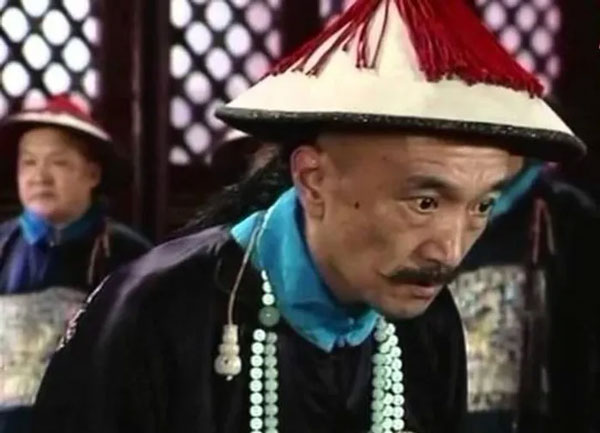
The hunchback is a prominent physical feature of Liu Yong.Despite his hunchback, Prime Minister Liu Gu never bowed his head to tyranny or evil.
However, this is merely how films and folklore depict him, as historical records have never provided a definitive description of the appearance of this Qing Dynasty hero. Ancient portraits of him depict an ordinary-looking man. This has led some historians to question: Was Liu Yong truly hunchbacked as the legends suggest? And if he wasn’t, where did the name Liu Gu originate?
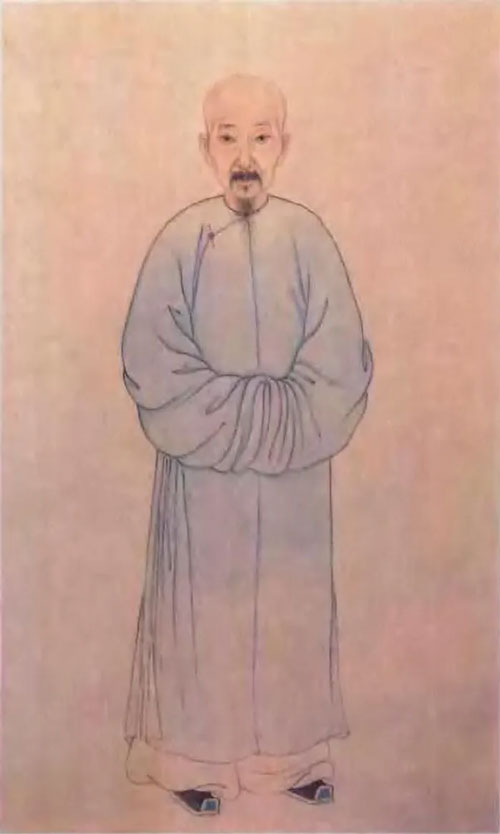
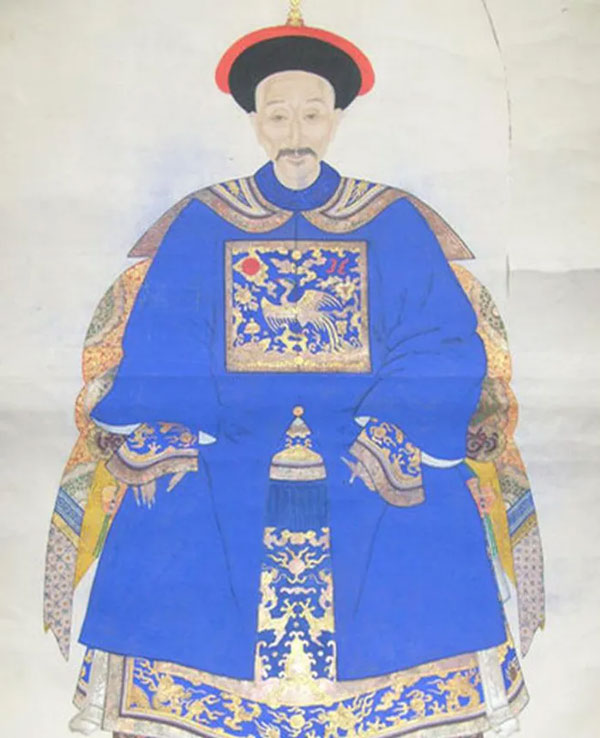
Two portraits of Liu Yong from the Qing Dynasty.
When excavating Liu Yong’s tomb, archaeologists uncovered an intriguing fact that could clarify this mystery.
In 1958, while residents were expanding agricultural land in Gaomi City, Shandong Province, the tomb of Liu Yong and his wife was discovered. Upon opening the tomb, experts were surprised to find that it contained few treasures or gold—something typically found in noble tombs, especially for someone who was a high-ranking official. This indicates that he was indeed an incorruptible and humble official, uninterested in wealth and fame.
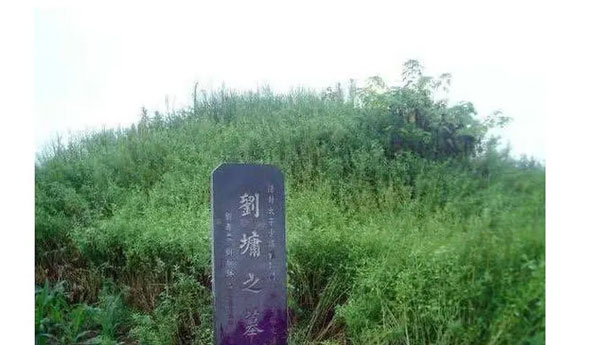
The tomb of Liu Yong located in his hometown of Shandong.
After more than a hundred years underground, Liu Yong’s remains were found to be relatively intact. His skull was relatively large, and his shins measured about 75 cm. Experts estimate that Liu Yong stood at a height of up to 1.9 meters. In modern times, this would be considered exceptionally tall. In his era, Liu Yong was undoubtedly a “giant.”
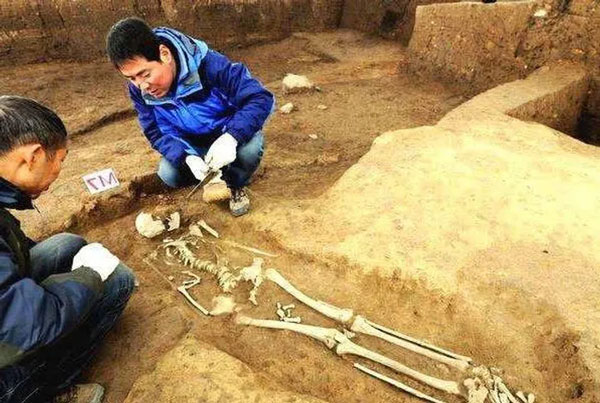
Prime Minister Liu Gu was not small but remarkably tall.
This discovery astonished experts. The belief that Liu Yong was only about 1.6 meters tall and of small stature due to his nickname Liu Gu turned out to be false.
However, from this surprising truth, historians also deduced the reason behind the name Liu Gu. Due to his height, whenever he met or spoke with the emperor, he had to bow down low to show respect according to protocol. Both Emperor Qianlong and Jiaqing were around 1.7 meters tall. As a loyal official who respected the emperor, Liu Yong had to bend deeply to avoid “towering” over his superior. Thus, it is said that the nickname Liu Gu was bestowed upon him by none other than Emperor Jiaqing.
Moreover, historians do not rule out the possibility that Liu Yong may have developed a genuine hunchback from the habit of frequently bending over as he aged. After all, this intriguing speculation further affirms the remarkable virtues of Liu Yong.


















































